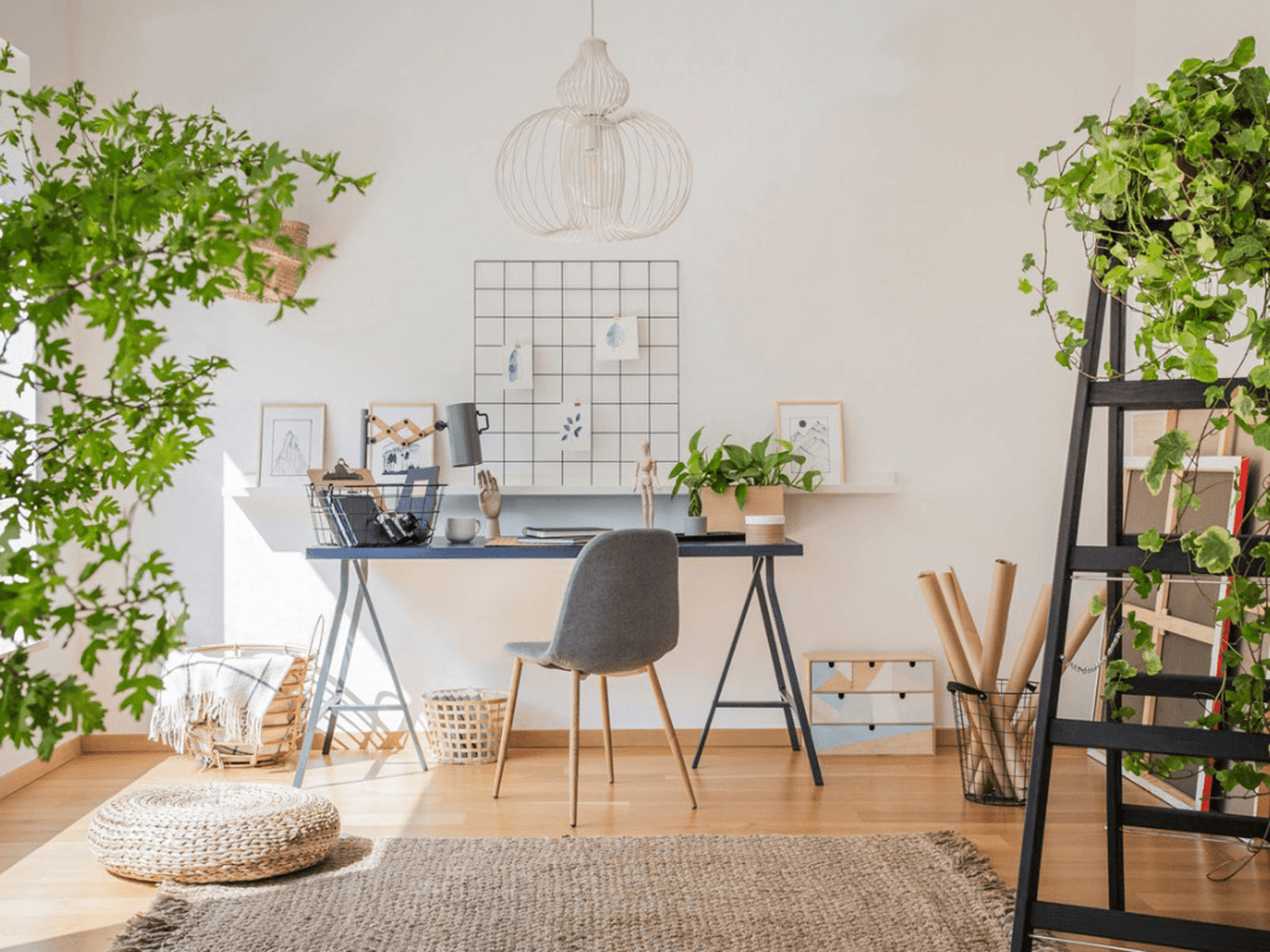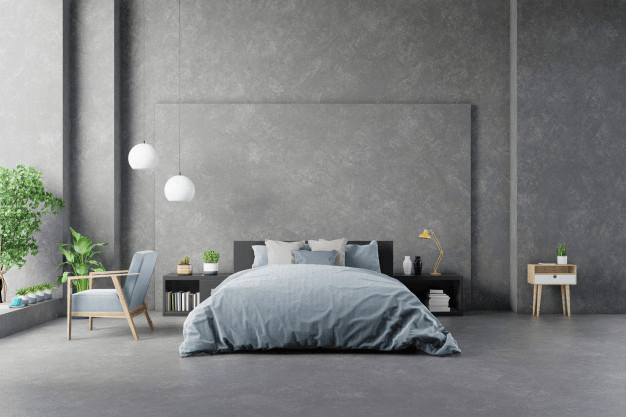
Since the reality of COVID-19 has made many people stay at home for work and study, there is much need to recompose their space.
What can be better than learning in a convenient room with enough light and all necessary supplies within reach? Only academic assistance where individuals can find many answers to their educational questions.
In this article, you will find 10 tips on making your studying process enjoyable with little home updates.
1. Figure Out Where to Study
If your place is a one-bedroom apartment, it is challenging to dedicate a room solely to your study. You can carve out a corner of your living room, kitchen, balcony, dining area, or bedroom.
Remember that this place could be universal, so you can easily add something to it or remove unnecessary details.
Your studying zone should seamlessly blend with the home area and add a touch of elegance. Consider zone selection seriously to feel comfortable with a home section where the desk is located.

2. Declutter
If you’ve dreamt of a tiny home-classroom makeover for a while, consider expanding your storage. For this purpose, you need to extract anything you don’t use anymore. Keep only the essentials for your further learning.
You can watch YouTube channels on organizing your studying space such as Lone Fox, 30X40 Design Workshop, and EngineerYourSpace. There, you can get many tips and tricks on DIY projects at home.

3. Split the Space
When you need to do a lot of research paper writing, reading, or making calls, you need to have a quiet space. Design a dividing wall from bookcases so that you have twin advantages. The outer side will look like a wall with a decorative shelf adding to the visual separation, and the inner side will serve as storage for the learning supplies.

4. Build a Multi-Purpose Wall Panel
This is a vital aspect for every learner. Here you can add your schedule, extra signs, and crucial reminders. Some students like to use a wall panel as an inspiration board, as looking at it increases their productivity.
For example, the area can function as a holder for sticky notes. This solution is especially helpful for writing students to remember all essential information.
Many students who write in their new place can’t concentrate on their tasks, so they often ask special services for writing assistance. Some of the platforms are so loved by students that they leave feedback on writing service review pages.
Also, you can use a multi-purpose wall panel to add anything you want and vastly simplify your writing.

5. Think about Table Position
The position of your table is extremely important for the studying process. Some people don’t like it facing the window, and others hate to sit in front of the wall. You can experiment with different positions according to the size of your desk and the available space.
Remember that the desk is where you spread out your tablet, laptop, reference materials, and other stationery supplies.


6. Limit the Number of Materials and Colors
The more motley your space is the more distractions you get while studying. Try to use natural wood tones and white, and compliment it with green plants to balance the color palette. A calm space promotes better productivity and reduces interference from many aspects.

Minimalist design is a great choice.
7. Consider Power Strip Fixation
It is essential to keep cords and cables tucked out of sight for more safety. Choose the most appropriate version of cable organization that matches your case.

A cable sleeve protector is a great solution if your table stands far away from the wall.

Use holders and a cable management box to forget about mixing up the cords.

Wire trays under the desk will keep you from a messy environment.
8. What About the Light?
Choose the illumination source when you study in a darker time of the day. Think about a beautiful lamp that suits your interior.
Even if you don’t pay much attention to it while studying, the details always matter. Pay attention to the material (wooden, textile, metallic), curves, and how it makes a statement.
Take care of your eyes because studying too long in front of the computer screen can affect your vision. For instance, if you like learning facing the window, the shade from your laptop or computer falls on your workbooks, sheets, and books, so your eyes are at high risk.
For this purpose, choose a table lamp to have an additional light source; variants of light décor.

9. Customize Your Chair
Sitting position causes many health problems when you sit in the wrong chair. Depending on which desk type you have, you can adjust chair selection.
If it is a standing desk, you need an adjustable-height learning stool or variable tilting saddle. Otherwise, choose an ergonomic office chair if you study with a classic table.
Let your spine stay healthy and safe during the studying process. Pay attention not only to the cost but also to the quality of the chair. Read customers’ reviews on the product and weigh all pros and cons to make your best choice.


10. Improve Details
The built-in footrest can reduce back tension, and additional tools nearby will help you to save time.
There are so many features to keep in mind while organizing your studying area. Consequently, it would be best if you planned your makeover wisely before beginning. Decide on colors you want to add to your learning zone, think about distraction and noise solutions, and evaluate your budget to make it in the best way.
When you have everything at hand, you don’t need to think about it during an online class. Come up with an idea of what things engage you for studying and make it possible with slight improvements.
Wrap Up
With these 10 tips, we hope that you can make your new layout home-classroom seem comfy and inspiring. Take online classes in a cozy zone that is conducive to focused attention and productivity.






Leave a comment
This site is protected by hCaptcha and the hCaptcha Privacy Policy and Terms of Service apply.